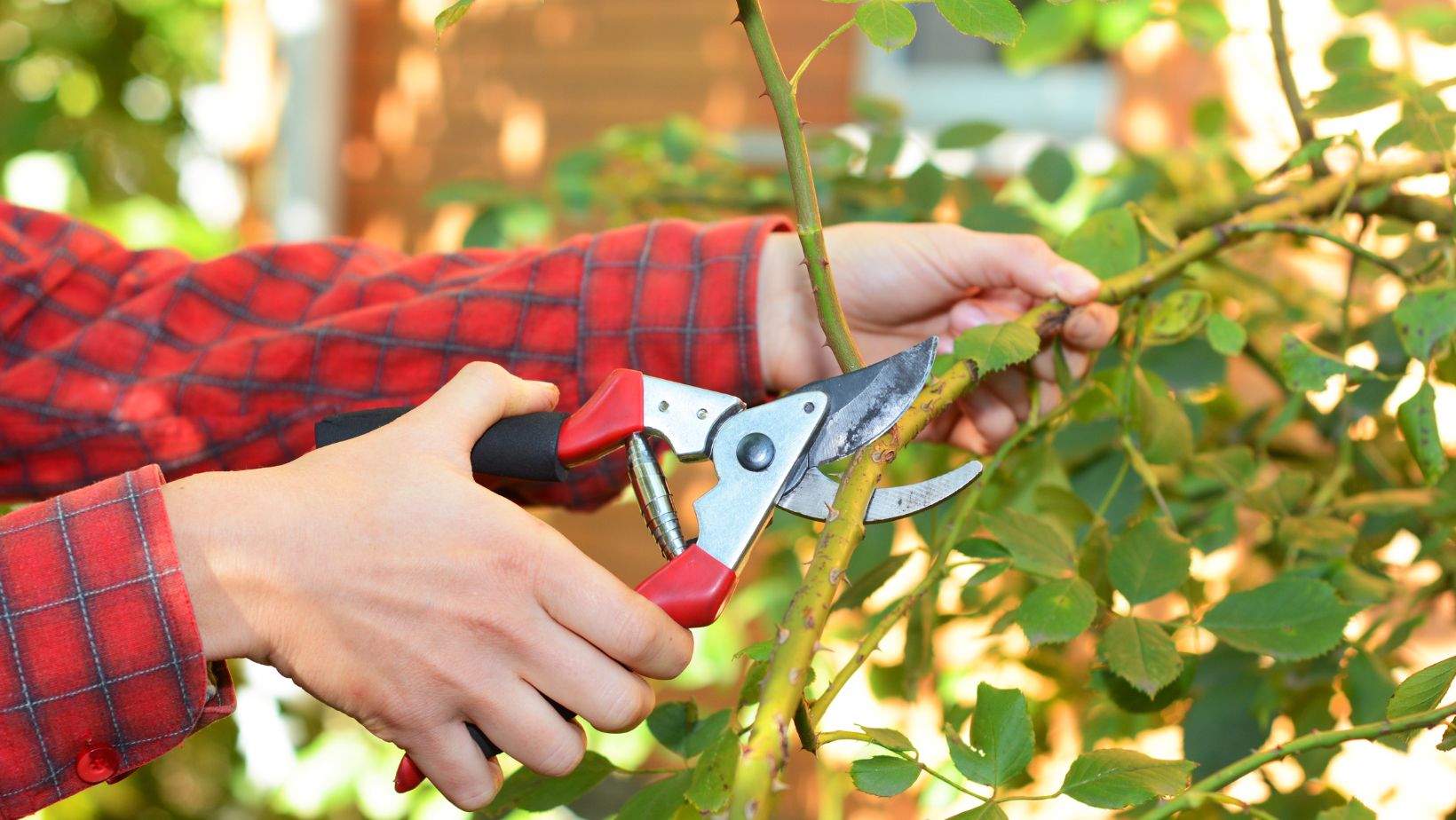Pruning is one of the best ways to keep your fig tree productive, balanced, and easy to care for. If you have ever wondered how to prune a fig tree without harming it, or if you’re looking to purchase a fig tree soon and want to be prepared, this guide will walk you through the process step by step. Regular pruning not only helps control the size of your tree but also encourages the development of stronger branches and larger, healthier fruit.
When done at the right time and with the right approach, pruning can prevent disease, improve air circulation, and make harvesting much simpler. Whether you are maintaining an older fig tree or training a young one to grow in a manageable shape, learning a few basic techniques will set you up for long-term success.
Why Learn How to Prune a Fig Tree
Regular pruning is crucial for maintaining the health and productivity of your fig tree. When you remove old, weak, or crowded branches, the tree can redirect its energy to focus on strong new growth and fruit production. A well-pruned tree also allows more sunlight to reach the inner canopy, which improves ripening and reduces the risk of disease.
Additionally, pruning makes harvesting easier by keeping the tree at a manageable size and creating a more open shape. Over time, careful pruning can help extend the life of your fig tree and keep it robust for many seasons.
When to Prune a Fig Tree
The best time to prune a fig tree depends on the climate and the age of the tree. Most gardeners prefer to do the main pruning in late winter or very early spring while the tree is still dormant. This timing helps limit stress and gives cuts time to heal before active growth begins.
Light summer pruning can also help remove fast-growing shoots or thin the canopy to improve airflow. However, avoid heavy pruning during hot months, as this can make the tree more vulnerable to sunburn and stress. We recommend planning your cuts around mild weather whenever possible.
How to Prune a Fig Tree: Step-By-Step Guide
Pruning a fig tree is easier than it might seem. With the right tools and a clear plan, you can shape the tree, remove unhealthy wood, and promote healthier growth and better harvests.

Follow these steps to get started:
Tools and Preparation
Begin by gathering sharp, clean tools such as bypass pruners for small branches and a pruning saw for larger limbs. Ensure that you disinfect blades with rubbing alcohol or a bleach solution to prevent the spread of disease. Also, wear gloves and choose a dry day to ensure that any fresh cuts seal properly.
Remove Dead or Damaged Wood
Look for any branches that appear brittle, cracked, or discolored. Cut these back to the point where healthy wood begins. Removing dead or diseased growth helps keep the tree strong and prevents infections from spreading.
Thin the Canopy for Better Airflow
Identify areas where branches intersect or overlap, creating crowded spaces. Remove weaker or inward-facing shoots to open up the center of the tree. This step enhances light penetration and circulation, thereby reducing moisture buildup and the risk of disease.
Shape the Tree for Future Growth
Decide on the height and shape you want to maintain. Trim back vigorous shoots to control size and encourage a balanced structure. Aim to create an open framework that supports fruiting and facilitates easier harvesting in the future.
Ultimately, pruning with care and attention each season will help your fig tree stay healthy, productive, and manageable year after year.
Common Mistakes to Avoid When Pruning Fig Trees
Many gardeners make the mistake of cutting too much at once, which can stress the tree and slow new growth. Avoid removing more than one-third of the canopy in a single season.
Cutting during wet or freezing weather is another common error, since it increases the chance of infection and poor healing. Some people also prune too late in spring, which can remove developing buds and reduce fruit production. Always use sharp tools to create clean cuts that heal quickly and efficiently.
Finally, remember to step back occasionally and assess the tree’s overall shape to avoid accidentally creating an unbalanced canopy.
Grow Stronger Fig Trees With Smart Pruning
Learning how to prune a fig tree is one of the most valuable skills you can develop as a home gardener.
Each cut you make helps shape the tree’s structure, improve airflow, and direct energy toward healthier branches and better fruit. All you need to do is combine clear techniques with careful observation, and your trees will stay vigorous and resilient through every season.
With a bit of patience and attention, you will enjoy abundant harvests and the satisfaction of knowing you shaped your fig trees for long-term success.
